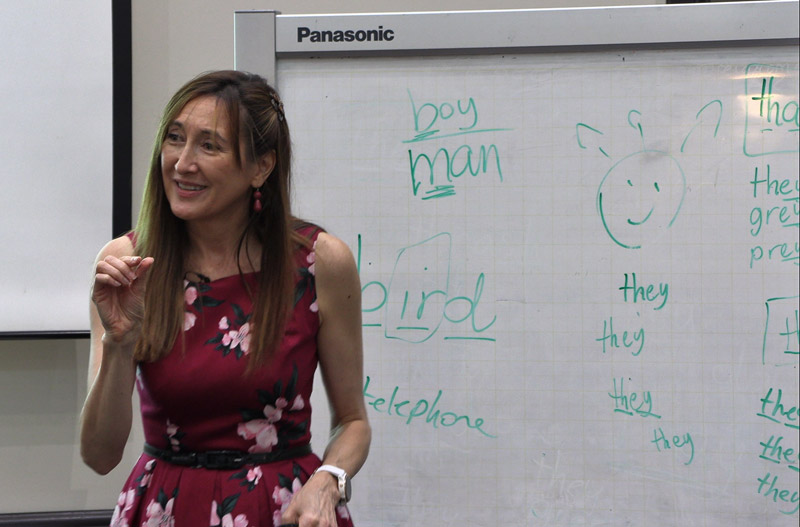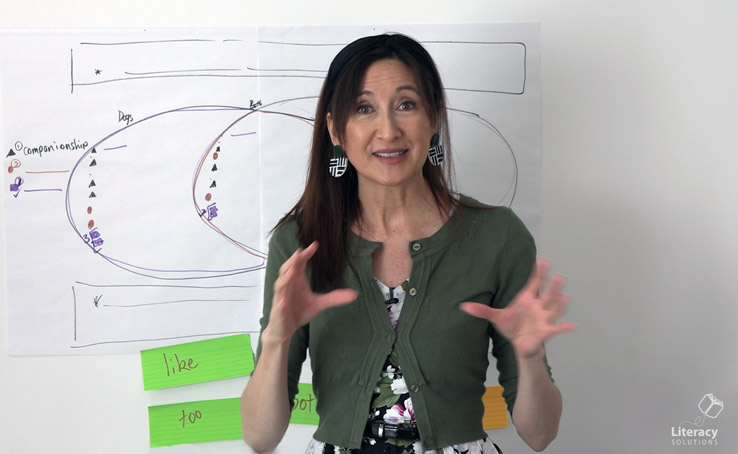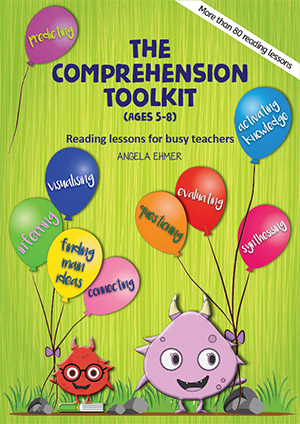Round Robin Reading / Guided Reading – Is there a difference?
Refining the practice of guided reading is a priority goal in many of the schools I am working in. Understandings of guided reading vary enormously, as does the instruction around guided reading from classroom to classroom.
What it is . . .
- an opportunity for every student to independently problem solve the text or section of the text.
What it isn’t . . .
- a group of students turn taking the reading of a text or section of the text through shared, round robin, choral, echo or buddied reads.
What is the difference between guided reading and round robin reading?
Guided reading is a powerful instructional approach to teaching reading; round robin is not. Research suggests that guided reading promotes a high level of reading growth; round robin does not.
Guided reading can include some choral reading in order to build fluency or improve prosody. This would occur after the problem solving when the text or section of the text is revisited.
How does this happen?
In guided reading, the students read a text specifically selected for their guided reading group. The teacher chooses a text based on what readers in a group know, what they need to know, their interests and the gradient of difficulty of the text.
In order to support and extend strategic problem solving, the teacher identifies words, groups of words or ideas which are challenging to students and provides suitable supports to make the challenging, accessible.
Students read silently as the teacher listens to individuals and gathers reading data which informs future learning. Conversations around the text consolidate and deepen student understandings. The teacher scaffolds questions and responses in order to build high level inferential and evaluative thinking and supports students to validate their thinking in the text.
In order to improve reading data we must do the following:
- know what to teach (analyse and interpret formal and informal data and record observations of student reading behaviour)
- use read aloud and shared reading to rigorously deliver instruction around problem solving behaviour (What will my students know and know how to do by the end of my lesson? How will I know?)
- provide opportunities for students to transfer and generalise this knowledge across a range of texts and text types and requiring a good amount of solving (guided reading)
- provide opportunities for self regulatory reading behaviour to develop (read easy/familiar texts to promote rapid solving)





I have tried both…and continue to do Round Robin, because…when the children finish reading simple texts(silently) so quickly, I’m not sure what they should then be doing. e.g. If you have 4 groups operating, maybe one parental supporter-no teacher aide, and the teacher taking a guided reading group, reading groups can be a very difficult time. What can a teacher get the children who have finished to do while waiting for the time for valuable conversations to begin??
in response to June 15,2010 by Robyn Burke
What do you get the children to do who have finished when you are trying ro run several reading groups without a supervisor for each group .Sometimes it works quite well by having something different but related to reading that children can undertake more indepenently. Of course this can depend very much on the children , age, where they are ETC.
When some of the faster-finishing students have completed independent (silent) reading toward the end of the guided reading process, and I may be still listening to a child’s (whisper) reading, when I take quick anecdotal notes or even a running record if possible, they form pairs where they whisper read the text together. All students are still on task and more importantly still reading and practising effective strategic activity on what is now becoming an easy and more familiar text. Hope this helps.
In response to what can children be doing whilst the teacher is listening to children read – have the children re-read the text a number of times to themself in order to develop fluency and when they have done that you could have a large sheet of paper in the middle snd children write a question about the text that they would like answered or for younger children get them to write some words that they found tricky.
Alternatively they re-read with a partner- reading a page each or they discuss their favourite page and the message of the story.
Guided reading – reciprocal teaching. A conference speaker asked us to re-consider group work while the teacher is hearing one guided reading group. Time – filler or reciprocal teaching. One focus teaching point and one group or groups may allow for better monitoring of on-task work.The speaker reminded us of the value and importance of reciprocal teaching between the students during whole class guided reading – and the necessity for the students to know the learning goal of their work.
Guided reading allows for explicit teaching for individuals or small groups. The guided reading session should reinforce learning that occurs through shared reading sessions. Most importantly the texts selected in guided reading sessions match individuals instructional level. In a reading block I try to include many reading styles with different groups (based on their instructional level). These styles include guided reading, modelled reading, reciprocal, interactive/listening post, reading aloud, shared and independent reading. Reading sessions should be based around the additional help made available to teachers such as teacher aides, parent help, and specialist teachers. The extra support allows the classroom teacher to visit each group using the different reading styles and record observations and assess the relevant areas. Round robin reading may occur within the styles listed however I don’t believe the stand alone round robin reading offers purposeful evaluations other than articulating the reading strategies and gaining confidence in reading.